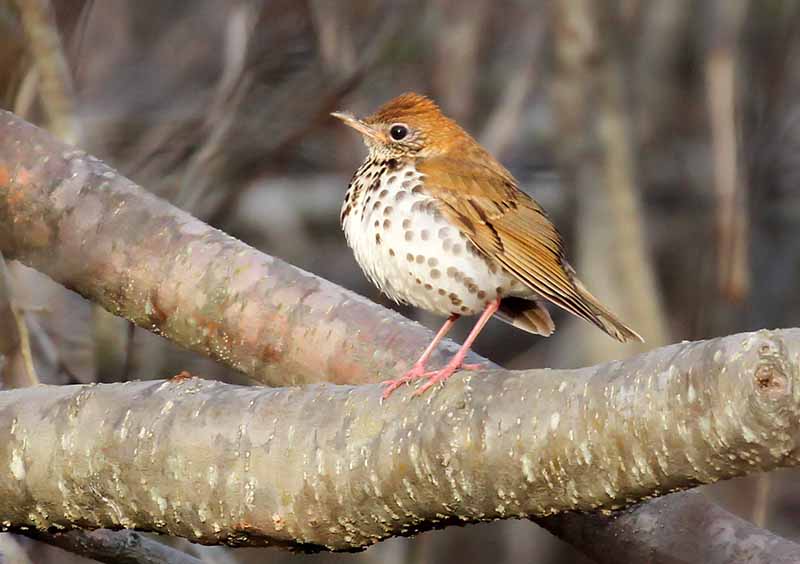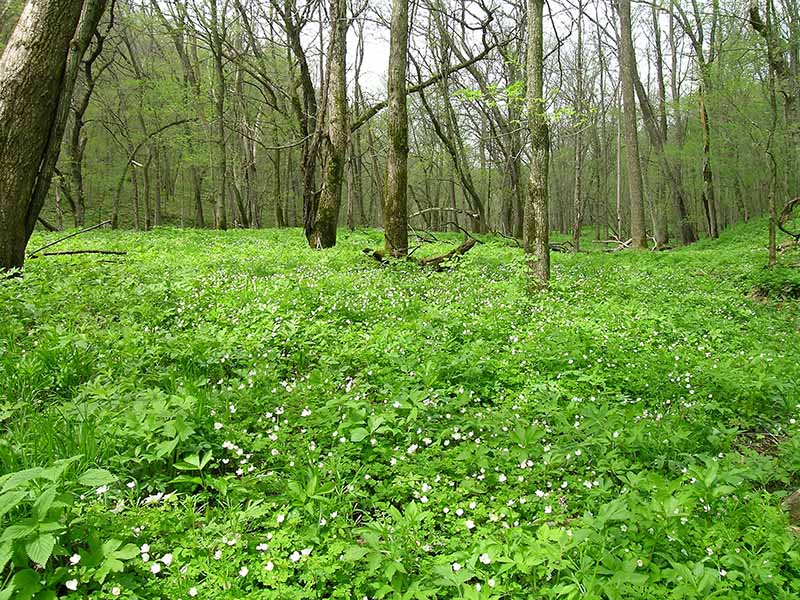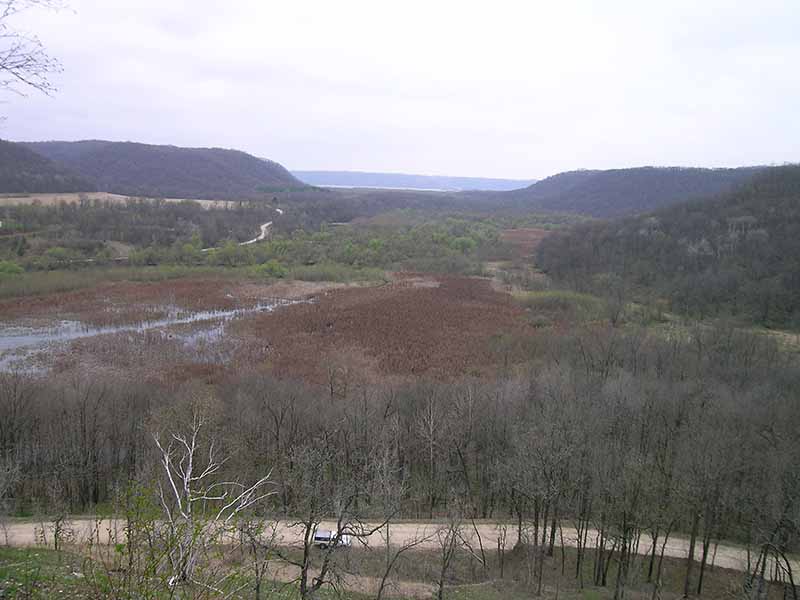Craig Thompson is the chief of program integration for the Wisconsin Department of Natural Resources.
What are you seeing at Rush Creek State Natural Area? Why is the area important in helping wildlife adapt to climate change?
North America has lost almost 3 billion birds since 1970. The biggest driver of decline is loss of habitat. Protection and management of high-quality habitats is essential for conservation of wild bird populations. As one of the most heavily forested regions in the in the Upper Midwest, the Driftless Area (Driftless) is particularly important for forest-associated birds.
Rush Creek State Natural Area (Rush Creek) is one of the crown jewels in the Driftless because it supports a large block of relatively unfragmented, high quality forest. Many area-sensitive, forest interior species, including wood thrush and cerulean Wwarbler will breed in small, fragmented forests in southern Wisconsin, but they are subject to a host of problems including nest parasitism and predation. These birds have the greatest reproductive success in big blocks of forest like those found at Rush Creek.

What are the climate threats?
The last few years, we’ve been getting wetter, including numerous record rainfall events. Resulting periods of prolonged flooding have impacted floodplain forests within major river systems. We’re now seeing significant tree mortality in Driftless Area floodplain forests, including near Rush Creek.
Excessive rainfall may also contribute to vigorous growth of invasive species, making control of those undesirable species challenging. The bulk of the Wisconsin Department of Natural Resources management efforts at Rush Creek focus on control of invasive species and prescribed burning to maintain healthy plant communities that serve as the biological foundation for the area’s breeding birds.
Will Rush Creek continue to provide the vital habitat for songbirds under future climate scenarios?
Short-term, Rush Creek will continue to provide important habitat for a variety of taxa, including birds. The long-term future is less clear due to climate change. Our intent is to manage for resilient native plant communities, recognizing plant species assemblages may change over time. As plant communities change, we may also see changes in the abundance and distribution of wildlife associated with those plant communities. We’re not able to predict those changes with a high degree of certainly and rely on climate change models to offer potential scenarios for consideration. Fifty years from now, Rush Creek will continue support birds, but which species and how many is uncertain.

For migratory species that spend half of the year or more outside of Wisconsin, what happens on their Latin American wintering grounds is also important. For example, we know Rush Creek is important for forest-dwelling birds like wood thrush. Most of North America’s Wood Thrushes winter in northern Central America — Belize, Guatemala, Honduras and Nicaragua. That area is not only experiencing accelerating destruction of tropical forests, it is also extremely vulnerable to climate change as evidenced by prolonged regional drought coupled with increasingly frequent catastrophic hurricanes.
Loss of forested habitat on breeding and wintering grounds amounts to a one-two punch for migratory birds. We need to accelerate landscape scale conservation efforts throughout their hemispheric ranges. To that end, Rush Creek has important role to play.

What would you want private landowners and people in urban areas to understand about their role in helping wildlife?
Planting native plants is one of the most important things a landowner can do. Landowners will be amazed and delighted with the response from native bees, butterflies and birds. Supporting state-level and international conservation efforts is also important. The adage to “think globally and act locally” rings true.
The views and opinions expressed in this interview are those of the authors and do not represent official policy or position of the University of Wisconsin-Madison or the Wisconsin Initiative on Climate Change Impacts.
For More Information
Craig Thompson
Chief of Program Integration
Wisconsin Department of Natural Resources
3550 Mormon Coulee Road
La Crosse, WI 54601
(608) 785-1277
Craig.Thompson@wisconsin.gov